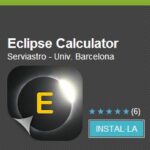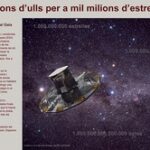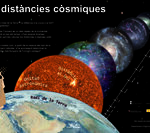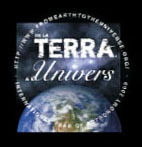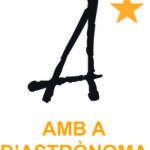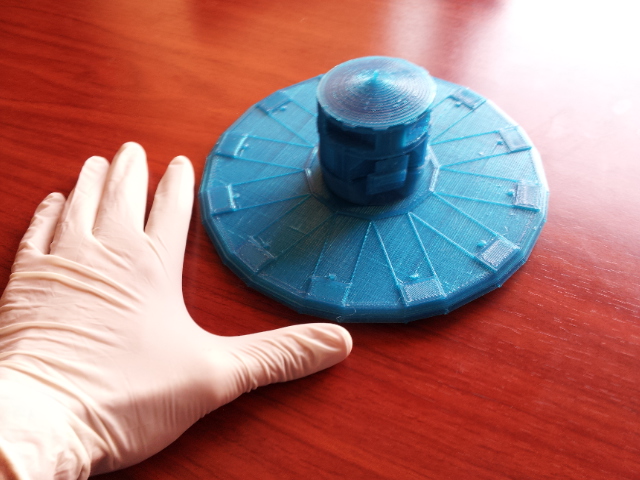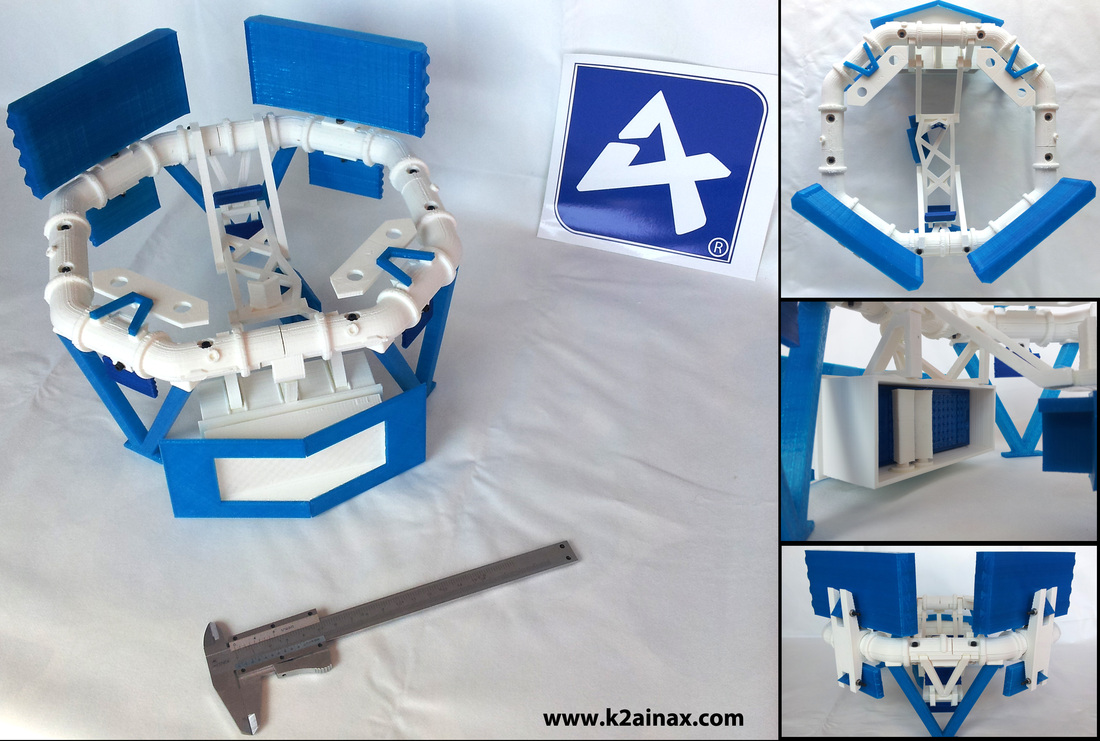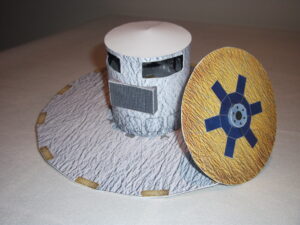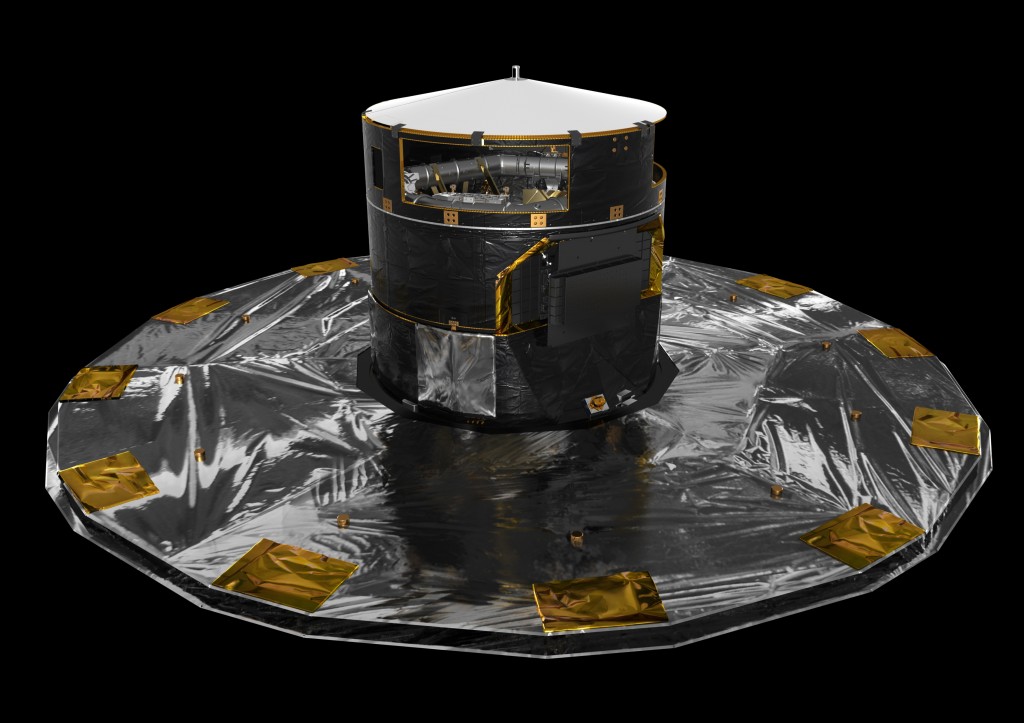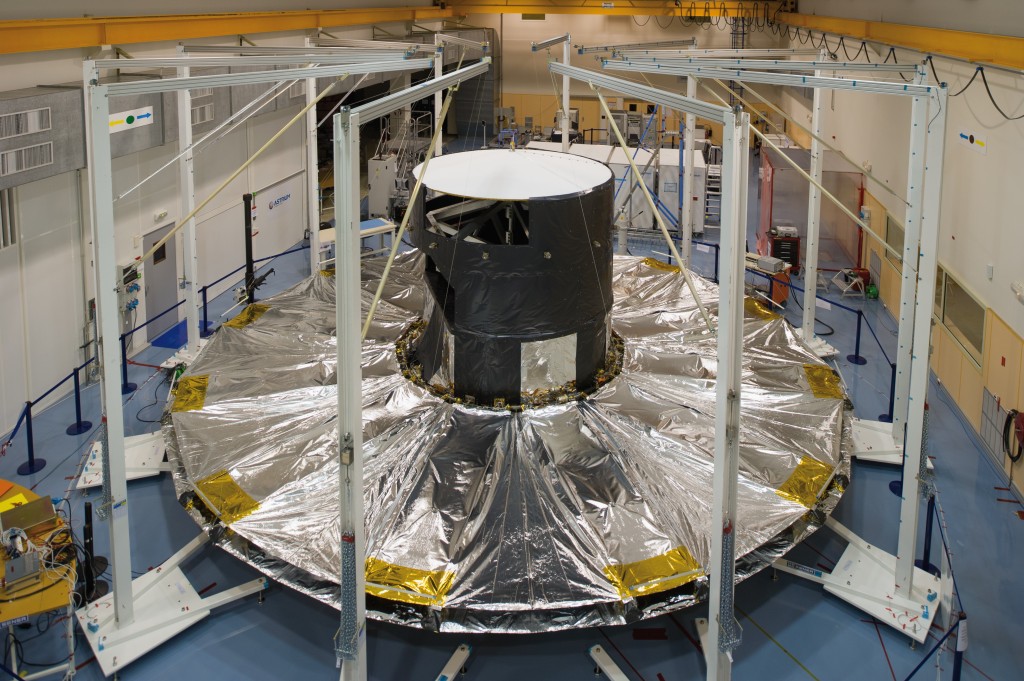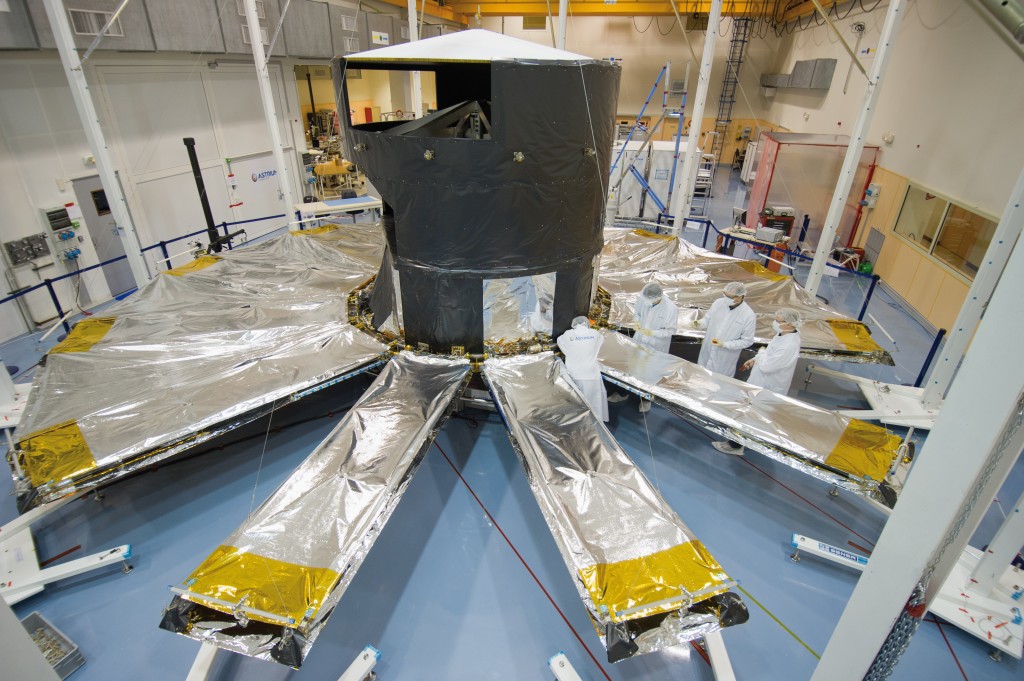Resources
-
Games
-
Apps for mobiles
-
Exhibitions
-
Outreach articles
-
Videos
-
Gaia Brochures
-
Calendar 2014
-
Education material
-
Gaia models
-
Various images
Games:
Gaia Memory
You want to train your memory? Gaia mission can help you with that while having fun!!
The game consists in 2 copies of 20 different images, in total 40 cards with images related with the Gaia Mission. The aim of the game is to match up the identical images.
You can play this game online: https://gaia.ub.edu/memory/
You can also print your own copy: https://gaia.ub.edu/?p=10302
Apps for mobiles:
-
Gaia Mission App
Delivering interesting and scientifically accurate information to the general public is a challenge. The Gaia Mission app is an interactive application for mobile devices designed to discover the details of the Gaia mission. All aspects of the mission are covered, from technical issues to the science behind it. The application is designed to keep users engaged during the whole mission and build interest on the mission achievements while stimulating enthusiasm for astronomy.
The App is a collaboration between our team and FUSTA. S.L.

-
Eclipse calculator 2.0
Eclipse Calculator 2.0 is an Android app to compute and simulate astronomical events. A tool for astronomy lovers that allows to know in a simple way the general and local circumstances for solar and lunar eclipses and planetary transits. Which futur eclipses will be visible from my location? And from the antipodes? What they will be like? How long will they last? And in the past, how many eclipses have there been? All these and many other questions about both, eclipses and planetary transits, are answered with this tool.
Eclipse Calculator 2.0 was created by Eduard Masana, member of our team, and can be download from Google Play.
Artículos de divulgación:
-
On 21 December 2020, winter solstice, the 43th Publication of the SEA (Spanish Astronomical Society) was published with two articles on Gaia EDR3:
Videos
-
Spanish participation in Gaia
The video La misión Gaia shows the Spanish participation on the project. The video is split in five sections, and explains the details of the Gaia mission, with spectacular 3D animations and interviews with Spanish experts working on the mission. The video was created by our team with the collaboration of others Spanish teams involved in Gaia. This video won a “Ciencia en Acción” prize in 2013.
| Also available in Catalan and Spanish at http://gaiavideo.ub.edu and at our Youtube Channel |
-
ESA Vodcast
Charting the Galaxy – From Hipparcos to Gaia is a vodcast edited by ESA (European Space Agency) to present the Gaia mission. In this vodcast Rebecca Barnes discovers the motions of the stars, learns how astronomers measure their distances and looks at the new European mission that will really get to grips with our place in the Universe: Gaia. Our team translated the vodcast to Catalan and Spanish.
See it in other languages or download it at Charting the Galaxy – From Hipparcos to Gaia
-
BSC video
In collaboration with the Barcelona Supercomputing Center (BSC), we prepared a new video with 3D animations based on data of our Galaxy simulated by CU2. The data were originally generated to design and test the real Gaia mission, and now will be used to show how our galaxy will look after Gaia. Spanish and catalan version are also available
-
UB TV video
Here you can find the new video about the ESA Gaia mission and our involvement produced by UB television. This video is also available in spanish and catalan.
Gaia Brochures
-
ESA Gaia Brochure (Spanish)
-
“Spanish participation in Gaia” Brochure
Exhibitions:
-
One billion eyes for one billion stars
The exhibition One billion eyes for one billion stars is dedicated to the Gaia mission, designed and built by the European Space Agency to measure the positions, distances and movements of billions of stars. The exhibition is made up of 12 panels, covering from the history of the astrometry to the scientific challengers of Gaia. It is available in Spanish and Catalan. English and German.
-
The cosmic distances
This exhibition explains how do we measure the distances to the celestial bodies at different distance regimes (from nearby stars to far-away galaxies). From the determination of the Earth size and the Moon distance with trigonometrical methods to the use of the Hubble constant to get the distance to the farthest gallaxies, the exhibition shows the methods used by the astronomers throughout the History to know the cosmic distances. It is available in Catalan.
-
From Earth to the Universe
From the Earth to the Universe is one of the biggest projects from International Year of Astronomy 2009. It shows the Universe through beautiful astronomical images obtained all around the world, also from Spain. The exhibtion is componed by 40 panels, sorted from the Earth’s neighbourhood to the deep space. It is available in Catalan.
-
Con A de Astrónoma
This exhibition is devoted to all the women who contributed in different countries and centuries to Astronomy. The exhibition reviews the contribution of the women to several branchs of the Astronomy. It is available in Catalan.
Calendar:
-
Calendario de Gaia 2014 (in Spanish)
Based on the exhibition we have designed a Calendar 2014, 30×30 mm available in pdf format in Spanish
Educational material:
-
The little books of Gaia
The Little Books of Gaia are A4-page-size summaries of the Gaia mission which can be folded into little booklets. They are available in in pdf format in English, Spanish and many other languages.
-
Gaia postcard (in Catalan)
We have designed a postcard (in Catalan) to publicize our new Gaia Mission App!
-
Gaia placard (in Catalan)
We have hung a huge placard on the patio of the Faculty about the Gaia mission and our App!
Gaia models:
-
Gaia LEGO model
LEGO Gaia spacecraft building instructions Eng/Esp/Cat -
Gaia-Mini and Gaia-Payload
k2Ainax have created some Gaia models for educational porpouses. Two different models are currently available, the Gaia spacecraft, and the Gaia payload.
-
Gaia papercraft
ESA created two papercrafts of Gaia to be built only with paper and scissors:
- Gaia paper model in 1:50 and 1:25, created by hobby model maker John Jogerst (2014) in English and also in Spanish (translated by J.M. Carrasco) and German (translated by H. Voss)
- Old non-updated Gaia model (1999): gaia_model & gaia_instructions
Various images:

